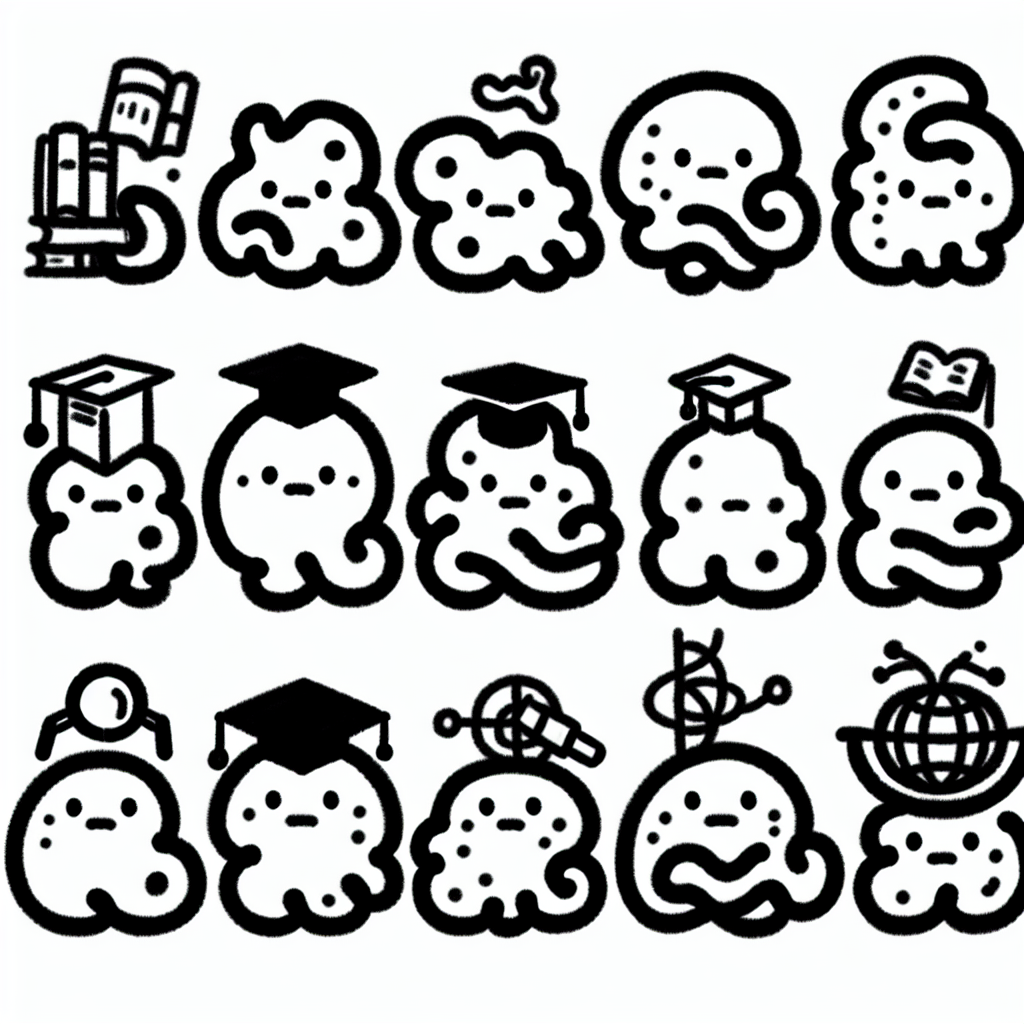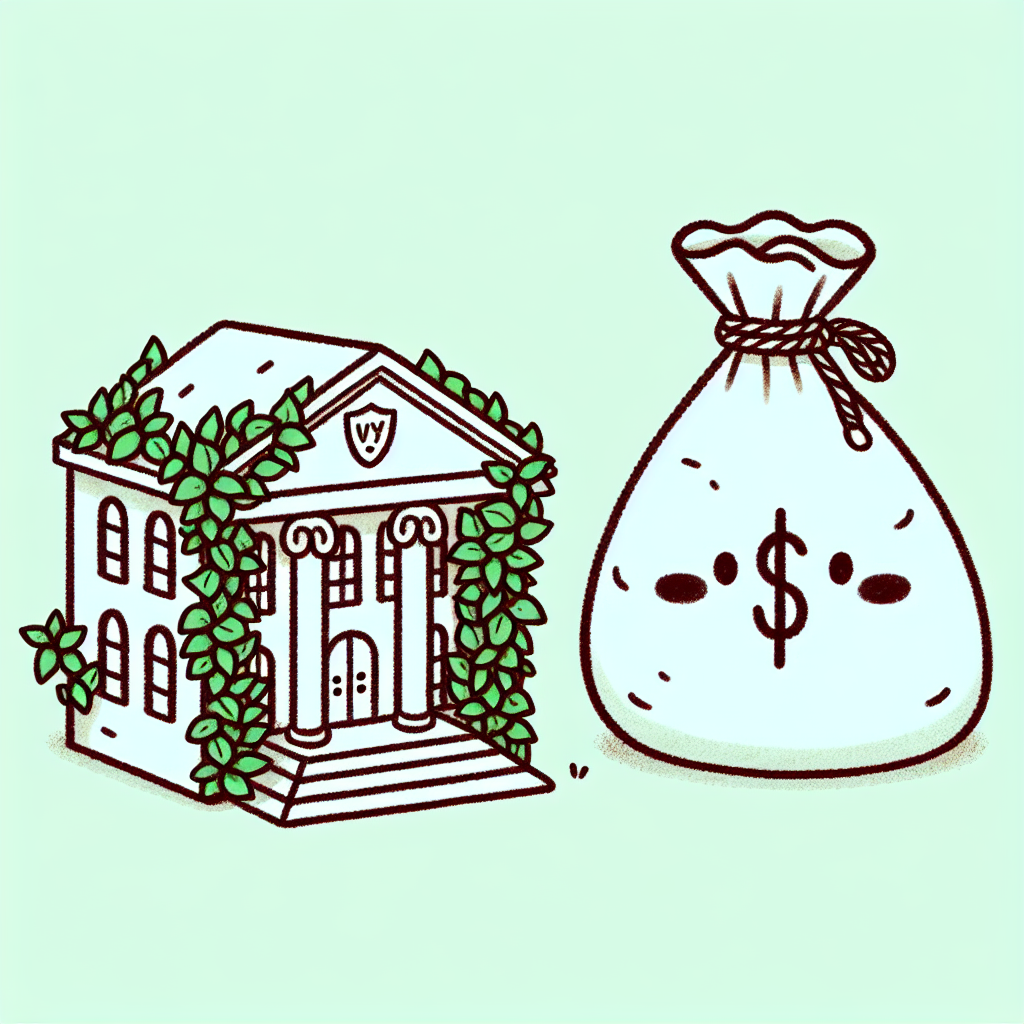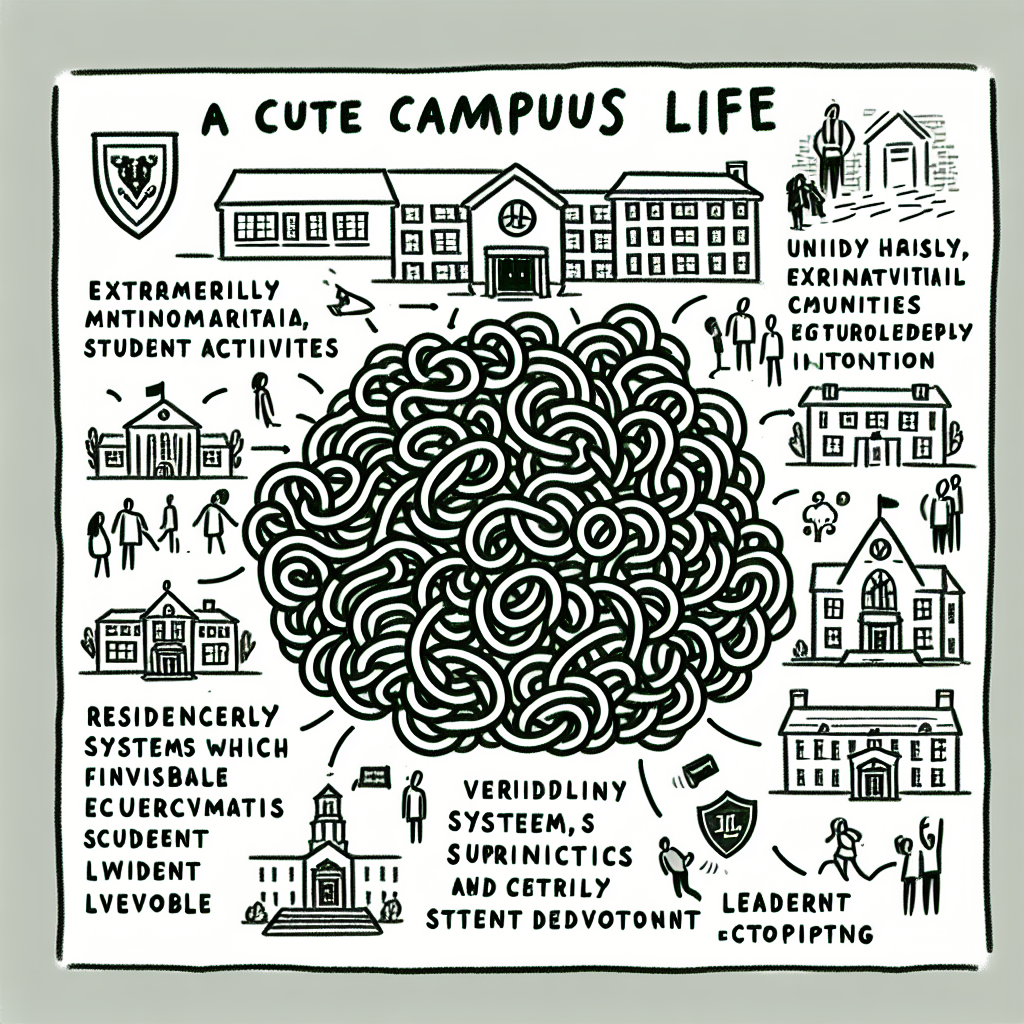Introduction
The Ivy League is a group of eight private colleges and universities in the northeastern United States, known for their academic excellence, selective admissions, and historical significance. These institutions—Harvard, Yale, Princeton, Columbia, Brown, Dartmouth, Cornell, and the University of Pennsylvania—are often considered among the most prestigious in the world.
This article explores the top 10 Ivy League insights using a data-driven approach. Drawing from authoritative sources such as U.S. News & World Report, the National Center for Education Statistics (NCES), and university-specific data, we aim to provide a comprehensive and multidimensional analysis of what distinguishes these universities. By examining factors like admissions, academics, alumni outcomes, and campus culture, readers will gain a clearer understanding of what makes the Ivy League unique and influential in the landscape of higher education.

🎓 Ivy League at a Glance
What is the Ivy League?
The Ivy League is a group of eight private colleges and universities in the Northeastern United States, originally grouped together as an athletic conference in 1954. While the term "Ivy League" initially referred to their sports collaboration, it has since become synonymous with academic excellence, selectivity, and prestige.
The eight Ivy League institutions are:
- Brown University
- Columbia University
- Cornell University
- Dartmouth College
- Harvard University
- University of Pennsylvania
- Princeton University
- Yale University
These schools share a legacy of longstanding academic traditions and are often associated with elite education and influential alumni.
Academic Reputation and Global Impact
Each of the Ivy League schools consistently ranks among the top universities in the world. They are known for rigorous academics, world-class faculty, and substantial research output. According to the QS World University Rankings and U.S. News & World Report, Ivy League schools such as Harvard, Princeton, and Yale regularly place in the top tiers globally.
Beyond academics, these institutions have a significant impact on global education, research, and policy. Faculty and alumni frequently contribute to policy-making, scientific breakthroughs, and cultural advancements. The Ivy League’s influence extends across sectors including government, business, law, and medicine, reinforcing why they are often at the center of any list of the top 10 Ivy League institutions.

📊 Enrollment Trends and Statistics
Enrollment trends among the top 10 Ivy League institutions reveal important insights into student demographics, program focus, and evolving academic preferences. According to the National Center for Education Statistics (NCES), Ivy League schools continue to attract a highly diverse and academically driven student body.
Undergraduate vs. Graduate Enrollment
The top 10 Ivy League universities maintain a relatively balanced distribution between undergraduate and graduate students, though the ratios vary by institution. For example, institutions like Harvard and Columbia have significant graduate populations due to their extensive professional schools in law, medicine, and business. Meanwhile, schools like Princeton focus more heavily on undergraduate education, with a smaller proportion of graduate students.
Undergraduate programs are typically broad in scope, emphasizing liberal arts and sciences, while graduate programs are more specialized. Academic strengths at the graduate level often include business, law, public policy, and STEM fields, which continue to grow in enrollment.
Full-time vs. Part-time Enrollment
Most students at top Ivy League institutions are enrolled full-time, reflecting the traditional residential college experience. However, part-time enrollment has seen modest growth, particularly in graduate and professional programs that cater to working professionals. Columbia’s School of General Studies and Harvard Extension School are examples where flexible or part-time options are more widely available.
Gender and Diversity in Enrollment
Over the past decade, Ivy League schools have made substantial progress in gender balance and increasing diversity. Female enrollment now often matches or slightly exceeds male enrollment at the undergraduate level. Additionally, there has been a marked increase in the enrollment of students from underrepresented racial and ethnic groups. This shift reflects ongoing institutional efforts to build more inclusive campuses, supported by targeted outreach and financial aid programs.
These trends collectively illustrate how the top 10 Ivy League institutions are evolving to meet the needs of a changing academic and social landscape.

📝 Admissions Data and Selectivity
When evaluating the top 10 Ivy League schools, admissions data offers insight into their extreme selectivity. According to the NCES Data Feedback Reports - Admissions, acceptance rates for Ivy League institutions typically fall below 10%, with some—such as Harvard and Columbia—reporting rates under 5%. These low acceptance rates reflect the highly competitive nature of gaining admission to any of the top 10 Ivy League schools.
Yield rates, which measure the percentage of admitted students who choose to enroll, are also notably high. Schools like Harvard and Yale consistently report yield rates exceeding 80%, indicating strong applicant commitment and institutional prestige.
Standardized test scores further illustrate academic excellence among admitted students. The SAT middle 50% range at top Ivy League schools often falls between 1450 and 1570, while ACT composite scores typically range from 33 to 35. GPA averages for admitted students hover near a 4.0, showcasing exceptional academic performance in high school.
Despite the focus on quantitative metrics, all Ivy League institutions employ a holistic admissions approach. This means that beyond test scores and GPAs, schools consider essays, extracurriculars, recommendations, and personal background. The holistic process allows the top 10 Ivy League schools to evaluate applicants in a broader context, often prioritizing leadership, intellectual curiosity, and unique perspectives.

🎓 Graduation and Retention Rates
When evaluating the top 10 Ivy League schools, graduation and retention rates are key indicators of academic quality and student satisfaction. According to the NCES Data Feedback Reports - Graduation Rates, Ivy League institutions consistently report some of the highest rates in the country.
4-Year and 6-Year Graduation Rates
Most Ivy League schools report 4-year graduation rates above 85%, with 6-year rates often exceeding 95%. For example, Harvard and Princeton typically have 4-year rates around 87% and 6-year rates of 98% or higher. These figures reflect strong academic support systems and selective admissions policies that prioritize student preparedness.
First-Year Retention Rates
First-year retention rates across the top 10 Ivy League schools are exceptionally high, generally above 97%. This suggests that students find the academic and social environment supportive enough to continue after their first year. Columbia, Yale, and Dartmouth all report retention rates near or at 98%.
Factors Influencing Student Success
Several factors contribute to the strong graduation and retention rates at Ivy League institutions. These include small class sizes, access to academic advising, financial aid support, and a competitive yet collaborative campus culture. In addition, the high level of student engagement and access to campus resources help ensure students remain on track toward graduation.
These metrics underscore the academic rigor and institutional support that define the top 10 Ivy League schools.

💰 Financial Overview
A key factor in evaluating the top 10 Ivy League schools is understanding the financial landscape, including tuition, fees, and the availability of financial aid.
Tuition and Fees
Tuition and fees at Ivy League institutions have steadily increased over the past decade. According to NCES Data Feedback Reports - Financial Data, the average cost of attendance at Ivy League schools now exceeds $75,000 annually when including room, board, and other expenses. Harvard, Yale, and Princeton offer slightly lower tuition compared to Columbia and the University of Pennsylvania, which are among the most expensive within the Ivy League.
Financial Aid and Scholarships
Despite the high sticker prices, Ivy League schools also offer some of the most generous financial aid packages in the country. Most schools in the top 10 Ivy League list follow a need-blind admission policy and meet 100% of demonstrated financial need. According to NCES data, over 50% of undergraduate students at these institutions receive some form of financial aid. The average financial aid package can range from $50,000 to $60,000 annually, largely supported by substantial university endowments. Princeton, for example, has eliminated student loans from its financial aid packages, replacing them with grants to reduce student debt.
Understanding the financial profile is essential when comparing the top 10 Ivy League schools, as the true cost to students can vary significantly depending on individual circumstances and institutional policies.

👩🏫 Faculty and Staff Composition
When evaluating the top 10 Ivy League institutions, the composition of faculty and staff plays a key role in the overall academic experience. According to the NCES Data Feedback Reports - Faculty and Staff, these universities maintain low student-to-faculty ratios, often ranging from 5:1 to 8:1. This allows for more personalized attention and smaller class sizes, which are hallmarks of Ivy League education.
Faculty at the top 10 Ivy League schools typically hold the highest academic credentials, with many possessing doctoral degrees and significant research experience. These professors are frequently leaders in their fields, contributing to scholarly journals and securing competitive research grants that enhance the institution’s academic reputation.
Diversity among faculty and administrative staff is also a growing priority. Ivy League universities have made strides in hiring individuals from a broad range of backgrounds, although disparities still exist in the representation of minority groups. Ongoing initiatives aim to improve equity and foster inclusive academic environments across all campuses.

🌎 Global Reach and International Students
One of the defining features of the top 10 Ivy League schools is their significant global reach. These institutions attract students from around the world, with international students making up approximately 10% to 20% of the student body at most Ivy League universities. For example, Princeton reports that 13% of its undergraduates are international, while Columbia’s international student population exceeds 17%.
In addition to diverse student demographics, the Ivy League maintains strong global partnerships with universities and research institutions worldwide. These collaborations support a wide range of study abroad programs, joint research initiatives, and exchange opportunities. Harvard, for instance, offers more than 300 study abroad programs in over 70 countries, while Cornell has established strategic partnerships in Asia and Europe to promote cross-cultural academic exchange.
The presence of international students and global programs significantly enriches campus culture. Classrooms benefit from a wide array of perspectives, and students engage in frequent cultural events, language exchanges, and globally focused student organizations. This internationalization fosters a more inclusive and worldly academic environment, preparing students for careers in an increasingly interconnected world.

🏆 Rankings, Research, and Reputation
The Ivy League schools consistently appear among the top 10 in global and national rankings, reinforcing their elite status. According to the U.S. News & World Report, institutions like Princeton, Harvard, and Columbia frequently rank in the top spots for national universities. Times Higher Education and QS World University Rankings also place Ivy League schools high on their lists, citing factors such as academic reputation, faculty-to-student ratio, and international outlook.
In terms of research, Ivy League universities receive substantial funding from both government and private sources. For instance, in 2023, Harvard reported over $1.2 billion in research expenditures, supporting cutting-edge studies in medicine, engineering, and social sciences. The scale and impact of their research output contribute significantly to their global reputation.
The prestige of Ivy League institutions is further enhanced by their notable alumni. Graduates include U.S. Presidents, Nobel Laureates, Supreme Court Justices, and influential business leaders. This legacy of excellence adds to the appeal and perceived value of an Ivy League education, cementing their place in any list of the top 10 Ivy League schools.

Campus Life and Extracurriculars
Campus life at the top 10 Ivy League schools is deeply intertwined with their long-standing traditions, vibrant student communities, and a wide range of extracurricular offerings. Each university has its own residential system that plays a central role in fostering student interaction and support. For example, Harvard's House system and Yale's Residential Colleges create smaller, tight-knit communities within the larger university structure.
Student organizations are abundant across Ivy League campuses, covering interests from cultural clubs and political groups to academic societies and performing arts. These organizations are student-led and actively shape the social and intellectual life on campus.
Varsity athletics are another cornerstone of Ivy League life. All eight schools are members of the Ivy League athletic conference, which emphasizes both academic and athletic excellence. While the conference does not offer athletic scholarships, it hosts competitive sports programs in a wide range of disciplines, from football to rowing.
Traditions also play a key role in defining student life. At Princeton, students participate in the annual "P-rade" during Reunions, while Cornell hosts Dragon Day, a student-created spectacle that dates back over a century. Student activism is another defining feature, with Ivy League students historically engaging in movements for civil rights, climate action, and social justice. Community engagement is encouraged through service programs and partnerships with local organizations, allowing students to apply their skills and knowledge to real-world challenges.
Each of the top 10 Ivy League institutions offers a rich campus life that balances rigorous academics with diverse extracurricular opportunities, shaping well-rounded graduates prepared for leadership in many fields.

10. 🔮 Future of the Ivy League
The future of the top 10 Ivy League schools is being shaped by shifting trends in enrollment, admissions, and curriculum. As more students seek diverse learning experiences and flexible academic paths, Ivy League institutions are adapting by expanding interdisciplinary programs, online course offerings, and global learning opportunities.
Admissions trends are also evolving, with a growing emphasis on holistic review processes and test-optional policies. These changes aim to attract a broader spectrum of applicants and address longstanding concerns about fairness and equity in admissions.
Curriculums are being reimagined to include emerging fields such as data science, climate change, and social justice. This evolution ensures that the top 10 Ivy League schools remain relevant and responsive to societal needs.
In the broader context of higher education, the Ivy League continues to play a significant role as a model of academic excellence. However, it faces challenges related to accessibility, affordability, and innovation. Rising tuition costs and limited socioeconomic diversity have sparked calls for reform. To remain leaders, these institutions must balance tradition with transformation, ensuring they serve not just the elite but also the wider public interest.
By embracing innovation while addressing systemic challenges, the top 10 Ivy League schools can continue to shape the future of education and society at large.

📚 Additional Resources
For readers interested in exploring further information about the top 10 Ivy League schools, the following resources provide detailed data and insights:
- NCES Enrollment Statistics: This resource from the National Center for Education Statistics offers enrollment data across U.S. colleges and universities, including Ivy League institutions. It provides a helpful overview of student population trends.
- NCES Admissions, Graduation, Financial, and Faculty Reports: This comprehensive report includes statistics on admissions, graduation rates, financial aid, and faculty characteristics for higher education institutions. It is particularly useful for comparing metrics across the top 10 Ivy League universities.

Conclusion
The top 10 Ivy League universities continue to represent a high standard of academic excellence, prestige, and opportunity. However, a closer look at data on admissions, graduation rates, financial aid, and student diversity reveals a more nuanced picture. While these institutions maintain strong reputations, they are also adapting to changing societal expectations and increased scrutiny around equity and access.
Key takeaways include the continued competitiveness of Ivy League admissions, the substantial financial resources supporting students, and the growing efforts to diversify student bodies. As higher education evolves, the top 10 Ivy League schools are not just preserving tradition—they are also reexamining what excellence means in a modern context.
Overall, while the Ivy League remains a powerful symbol, it is clear that each school within the top 10 Ivy League list is part of a broader, more complex educational landscape.














